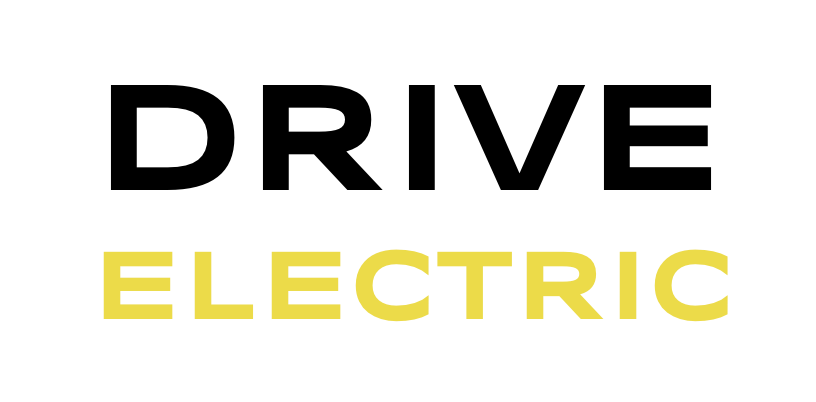We recently travelled between Pretoria and Golden Gate National Park in the Free State and saved over R700 in fuel costs by using an electric vehicle (EV) instead of a similar petrol car.
If you are used to driving a petrol car, you will have little concern about choosing a fuel station to fill up. South Africa’s retail petrol prices are regulated, which means garages charge the same prices.
The only difference to be aware of is the cheaper prices at fuel stations on the coast, as fuel trucks don’t have to travel as far to deliver petrol from ports or refineries to inland destinations.
Prices for diesel cars can vary from one station to the next, as only the wholesale price is regulated.
There is currently no regulation of electricity tariffs for EV charging, which means the price-per-kWh can vary substantially from one station to the next.
Generally speaking, prices are based on the speed at which you can charge.
This makes sense when considering the return on investment that a charging operator must get from their installation.
The higher the speed of a charger, the more expensive its initial cost.
By charging a tariff with a higher margin over the cost of getting that electricity, an operator can recoup the initial investment cost faster.
For our trip to Clarens, we started with 100% battery at home and charged at two public chargers — a DC fast charger at Engen Vaal West on the N3 and an AC charger on the street next to Protea Hotel in Clarens.
We used both chargers on the way to our accommodation and our return trip.
Thanks to Google Maps integration, we did not make excessive use of public charging but could see exactly how much we needed to reach the next stop.
We arrived home with 10% of the charge remaining. This suggests that Google included a small extra charge in its recommendations out of an abundance of caution.
We then recharged up to 100% to calculate the effective cost of all the electricity consumed during our trip.
The table below summarises how much energy we drew from the various charging sources and what it cost.

From the table above, it is clear that you should charge as much as possible at home if you want to save money when driving an EV. This is a bit difficult to do when driving extra long distances.
However, you might be able to use the power at your overnight accommodation to recharge the battery, provided you arrange this with the establishment’s owner or manager.
This is what we did on a previous trip to the Kruger National Park’s Shingwedzi camp, where we charged without any additional fees.
A portable AC charger with a regular socket plug will be required for this.
Unfortunately, our overnight accommodation in Golden Gate National Park did not have a plug close enough to the parking area.
However, even with more public than home EV charging, the EX30’s running costs were over R200 cheaper than what we would have paid for petrol in our own Kia Sonet.
The Sonet is fairly efficient for a compact SUV, clocking around 5.6 litres per 100 kilometres in real-life driving.
It is not entirely fair to compare the EX30’s consumption with that of this car, as the Sonet is significantly less powerful and feature-rich.
The most affordable petrol car with power and acceleration close to the EX30 is the Ford Mustang GT 5.0.
Not only does this model start at around R140,000 more than the top-specced EX30, its consumption of 8.2ℓ/100km means its fuel cost on the same trip would be nearly double that of the EX30’s charging costs.
The table below compares the costs of recharging an EX30 on our trip to estimated petrol costs in the Kia Sonet, Volvo XC40 mild hybrid, and Ford Mustang GT 5.0.

Full article HERE
(sourceL Mybroadband)

